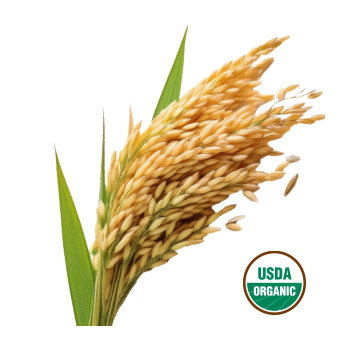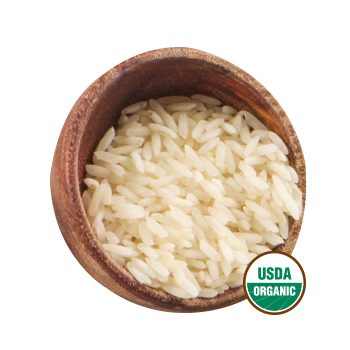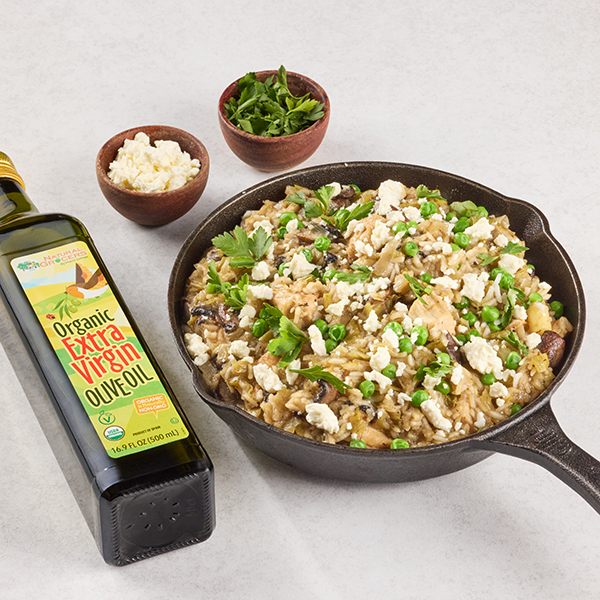


Sign-up for {N}power to get exclusive discounts, newsletters, members-only features, and more!
 Denver - Design District - Alameda and Broadway
Denver - Design District - Alameda and Broadway
368 S Broadway
Denver, CO 80209
United States

Rice is one of the world’s most beloved staples. From curries, to sushi, to rice and peas and fragrant rice pudding, there’s more to these fluffy grains than you might think. It turns out there’s a big difference between conventional and organic varieties, and the choices you make have a significant impact on your health, and the planet’s too.

Rooted in flooded fields with shoots of green, like millions of paintbrushes reaching toward the sky, the rice paddy is a peaceful sight to behold. But there’s more than meets the eye under the surface of those tranquil paddy waters. The National Agriculture Statistics Service found that 97 percent of conventional rice crops were sprayed with herbicides. The herbicide clomazone, a systemic pesticide that is absorbed into the plant fiber, was found on 55 percent of crops tested.1 Additionally, because of the high water demand of rice crops, there is increased risk of runoff into neighboring ecosystems.2 Choosing organic makes a huge impact on keeping herbicides and other chemicals out of our bodies and ecosystems.
Can you think of a more versatile food than rice? One of rice’s greatest qualities is the way it soaks up sauces and takes on all kinds of delicious flavors. Unfortunately, rice is a bit of a sponge when it comes to arsenic, too. Because rice is typically grown in flooded fields, it tends to absorb more arsenic than most other grains. While small amounts aren’t instantly harmful, long-term and cumulative exposure to arsenic has been linked to various health risks, including higher rates of skin, bladder and lung cancers, and heart disease.3 One reason for excessive arsenic in the soil? Current or previous pesticide use containing the element. Organic farming practices prioritize healthy soil and water, which can help reduce overall contamination. Choosing organic can truly make a difference, and becomes especially important if you eat a lot of rice!

Rice is a staple food for more than 50 percent of the world’s population, and with about 505 million tons of rice grown annually, it also has a significant climate impact.4 5 Agriculture is one of the biggest greenhouse gas emitters, and rice is responsible for around 10 percent of global methane emissions from agriculture, but this doesn’t have to be the case.6 When rice is grown using organic or regenerative methods, farmers can reduce methane emissions by as much as 43 percent, improve soil health, and create carbon sinks.7 And practices like alternate wetting and drying (instead of constant flooding) or other dry-land methods not only use less water but also cut greenhouse gas emissions. Just think, your bowl of organic rice could help fight climate change!

Rice and chicken combined with leeks, peas, and lemon creates a bright, flavorful, and easy one-pot bake. A sprinkling of salty feta and herb-y parsley at the end take it to the next level. Just get it started and enjoy a little downtime while it finishes in the oven. Perfect for a busy weeknight!



Sign-up for {N}power to get exclusive discounts, newsletters, members-only features, and more!